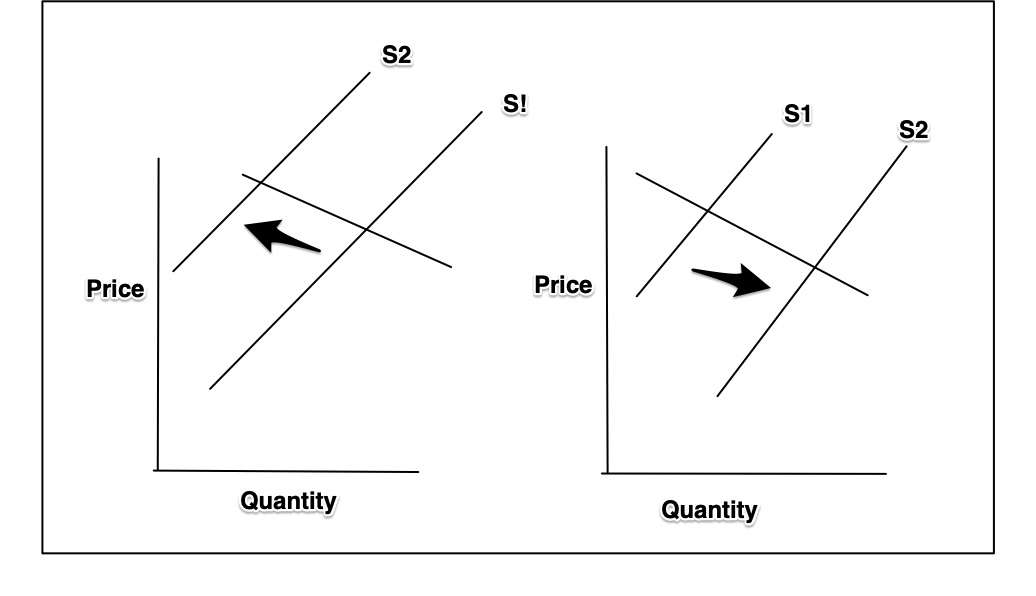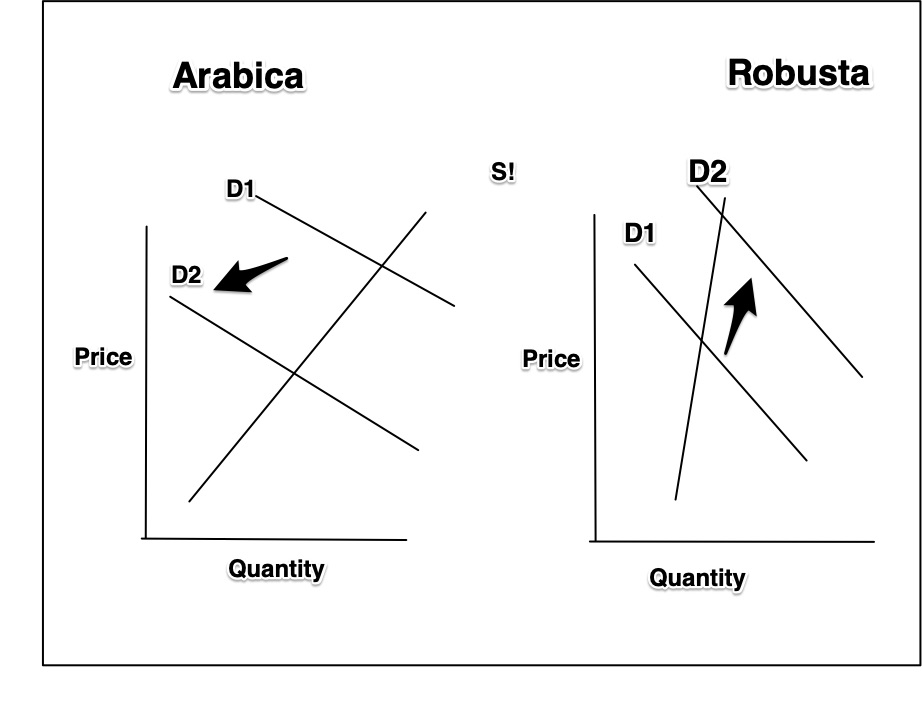
Why We Expect Faster Deliveries
May 15, 2023Why We Work Less
May 17, 2023Three separate stories in three different places have a lot in common.
They are all about the power of the market.
Mustard. Pasta, Coffee
Our story starts with the last artisanal mustard maker in Dijon. With seeds from nearby Burgundy, (where vineyards grow mustard plants to suppress microscopic worm populations), Nicholas Charvy creates a vinegar, salt, water, and white wine paste that will ferment in a week or more, and then be sold. Recently though, he had to limit customer purchases,
Below you can see him checking his batch:

Our story continues in Italy where people are protesting the price of pasta. The government had even scheduled an emergency meeting of its Ministry of Enterprises and Made in Italy. Responding, one pasta eater said, “I can gnocchi believe the prices, I’d re-fusilli to pay.” Equally groan worthy, another said, “Tagliatelle me about it!”
Our Bottom Line: The Power of the Market
Years ago, I walked past former Treasury Secretary, Lawrence. Summers, and asked him what was most important to teach in economics. He said “the power of the market.’ Functioning from the bottom up, the market’s power comes from you and me. While no one tells anyone what they have to do, somehow, our wants and needs are satisfied. Adam Smith said it was an invisible hand but really he was referring to the supply-and demand-related incentives that spurred our behavior.
Mustard Seed
The average person in France consumes one kilogram of mustard a year. As a universally beloved spread for a vast array of foods, mustard is unusually popular in France. Consequently, when a record heat wave plunged production in Canada bwhere most of the world’s mustard seed is grown, France especially felt the impact. Making it worse, at the same time, mustard seeds from Russian and Ukrainian farmers weren’t available and Burgundy’s plants were attacked by a pest.
Reflecting reality, the graphs show how supply decreased and then expected price increases from €900 to €2,000 per ton nudged the number of mustard farmers in Burgundy up from 160 to 500:

Pasta
In Italy, 60% of the population eats pasta everyday. Explaining a 25% price hike, they said the reasons were higher energy costs and supply disruptions. Meanwhile though the price of wheat had gone down.
Then, in for pasta, we also have a supply side phenomenon where the supply curve responds to higher production prices by decreasing. A bit misleading, the curve does represent a decrease in supply. It looks like it is moving upward but really, the quantity supplied decreased:

Coffee Beans
Germany is one of Europe’s a top coffee drinking countries. But this time, the invisible hand is nudging the determinants that shift curves. Indeed, when we have two substitute products, changes in one affect the other. So, with Arabica beans becoming too pricey, robusta felt demand growing:

Indeed, everywhere, we can imagine nudges and shoves from an invisible hand.
My sources and more: Today, happily, France’s mustard plight and U.S. coffee bean problems and even the Italian pasta shortage had similar economic themes about the power of the market. From there, Atlas Obscura told us about making Dijon mustard and Modern Farmer had the facts about growing Canadian mustard. And finally, econlife has looked at the power of the market.
Our featured image is from Insider.
![econlifelogotrademarkedwebsitelogo[1]](/wp-content/uploads/2024/05/econlifelogotrademarkedwebsitelogo1.png#100878)




